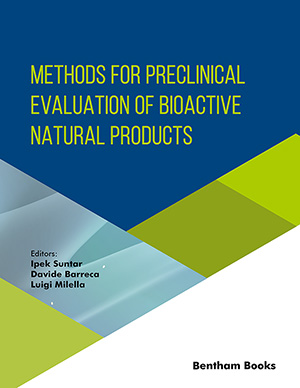Abstract
Cardiac fibrosis is a maladaptive condition secondary to cardiomyopathy caused by a wide spectrum of stimuli, including myocardial infarction (MI), pressure overload, hyperglycemia, aging, and other factors. Despite having been supposed to be a reparative mechanism, the development of cardiac fibrosis can result in undesirable outcomes like the disruption of excitation-contraction coupling and ventricular hypertrophy, leading finally to heart failure (HF). Statins are known as potent cardioprotective agents widely used to control dyslipidemia; these drugs have exhibited protective effects against manifestations of cardiac fibrosis and hypertrophy. Cumulative evidence has suggested that statins attenuate the severity of fibrotic and hypertrophic manifestations of cardiac damage by affecting a variety of mechanisms like differentiation of myofibroblasts and crosstalk between cells in cardiac tissue as well as altering the expression and function of different molecules involved in cardiac remodeling, including inflammatory cytokines and signaling molecules. It seems that statins can inhibit cardiac fibrosis and hypertrophy not only through their ability to inhibit hydroxymethylglutaryl-CoA reductase but also by their pleiotropic properties. This review aims to discuss the effects of statins on molecular pathways involved in the inhibition of fibrotic and hypertrophic remodeling in the heart, thereby potentially helping to recover proper cardiac size, plasticity, and functioning.
Keywords: Statins, fibrosis, hypertrophy, cardiomyopathy, pleiotropic effects, tissue damage.





























